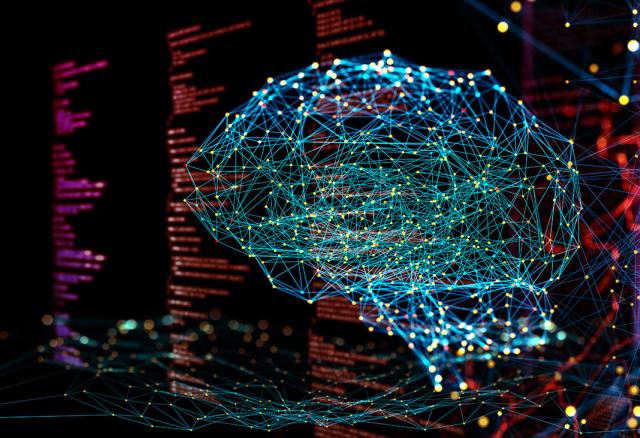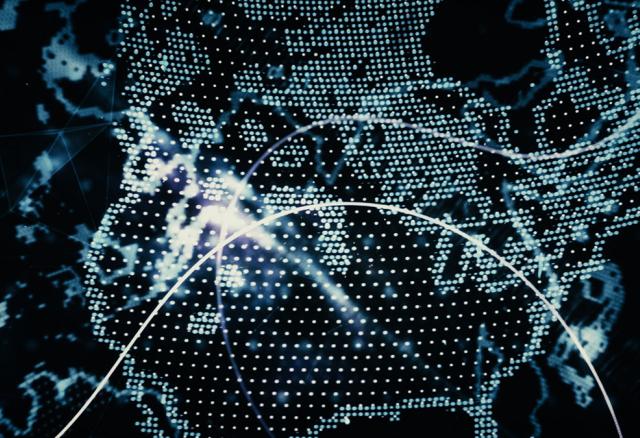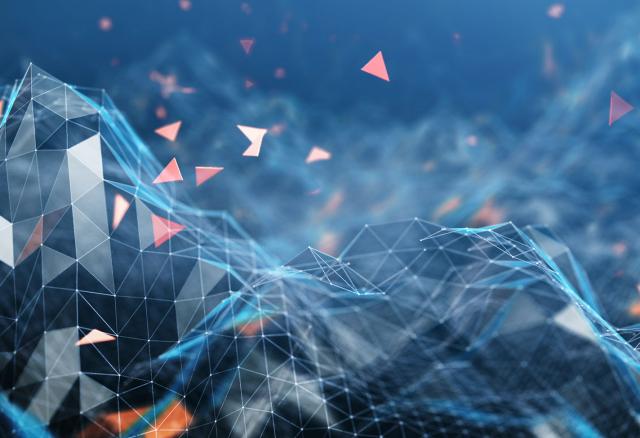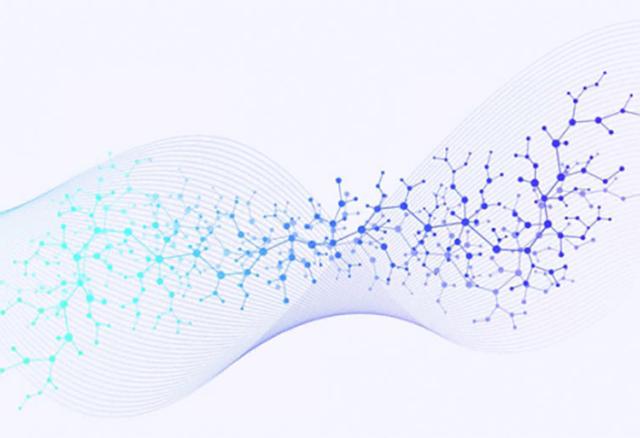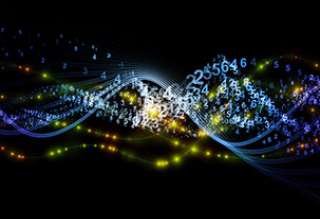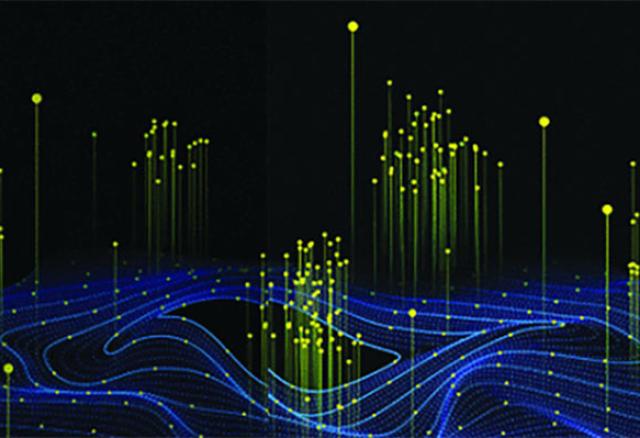Physics-Driven Machine Learning for Computational Imaging: Part 2
Thanks to the tremendous interest from the research community, the focus of the March issue of the IEEE Signal Processing Magazine is on the second volume of the special issue on physics-driven machine learning for computational imaging, which brings together nine articles of the 19 accepted papers from the original 47 submissions.
